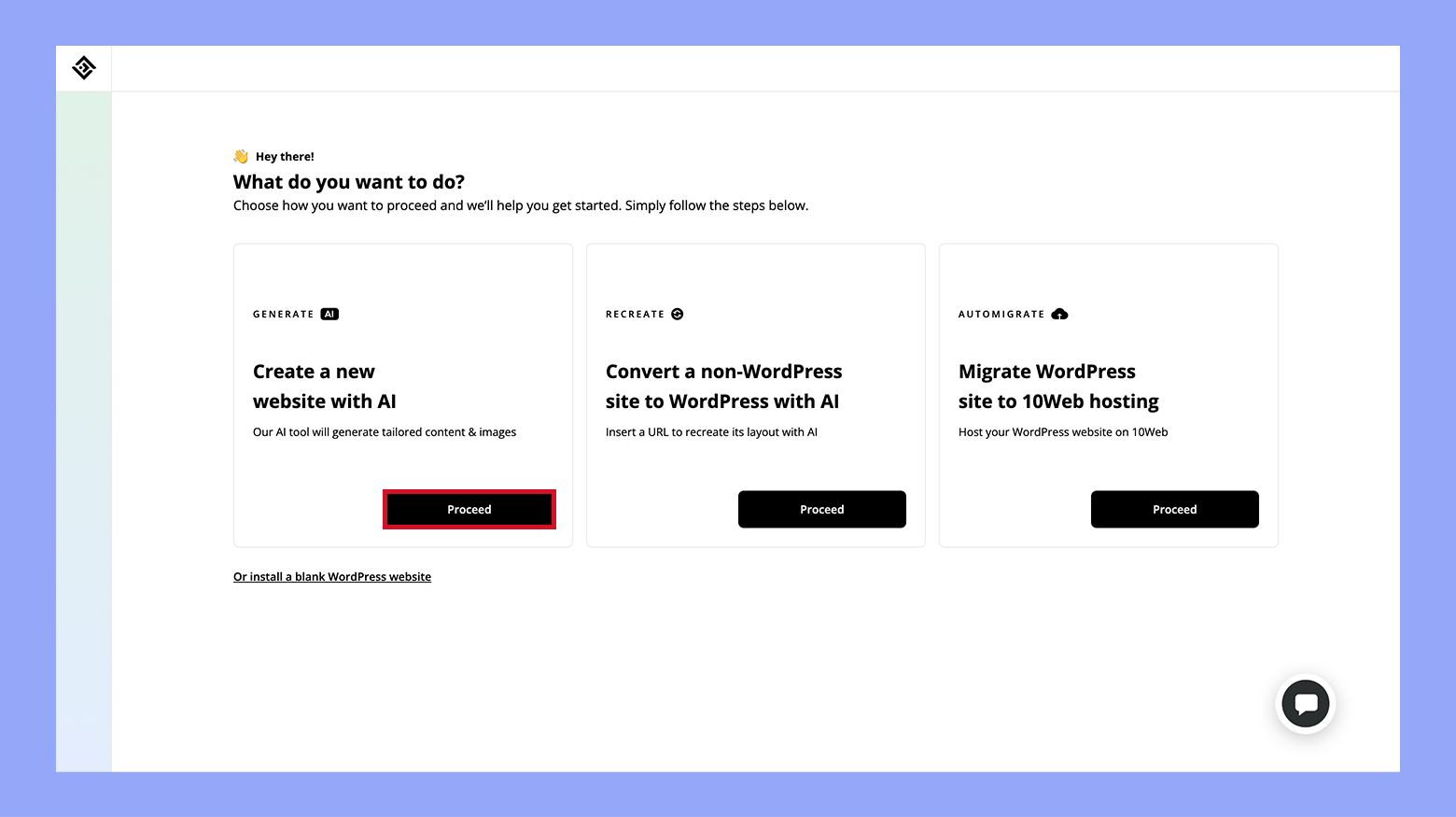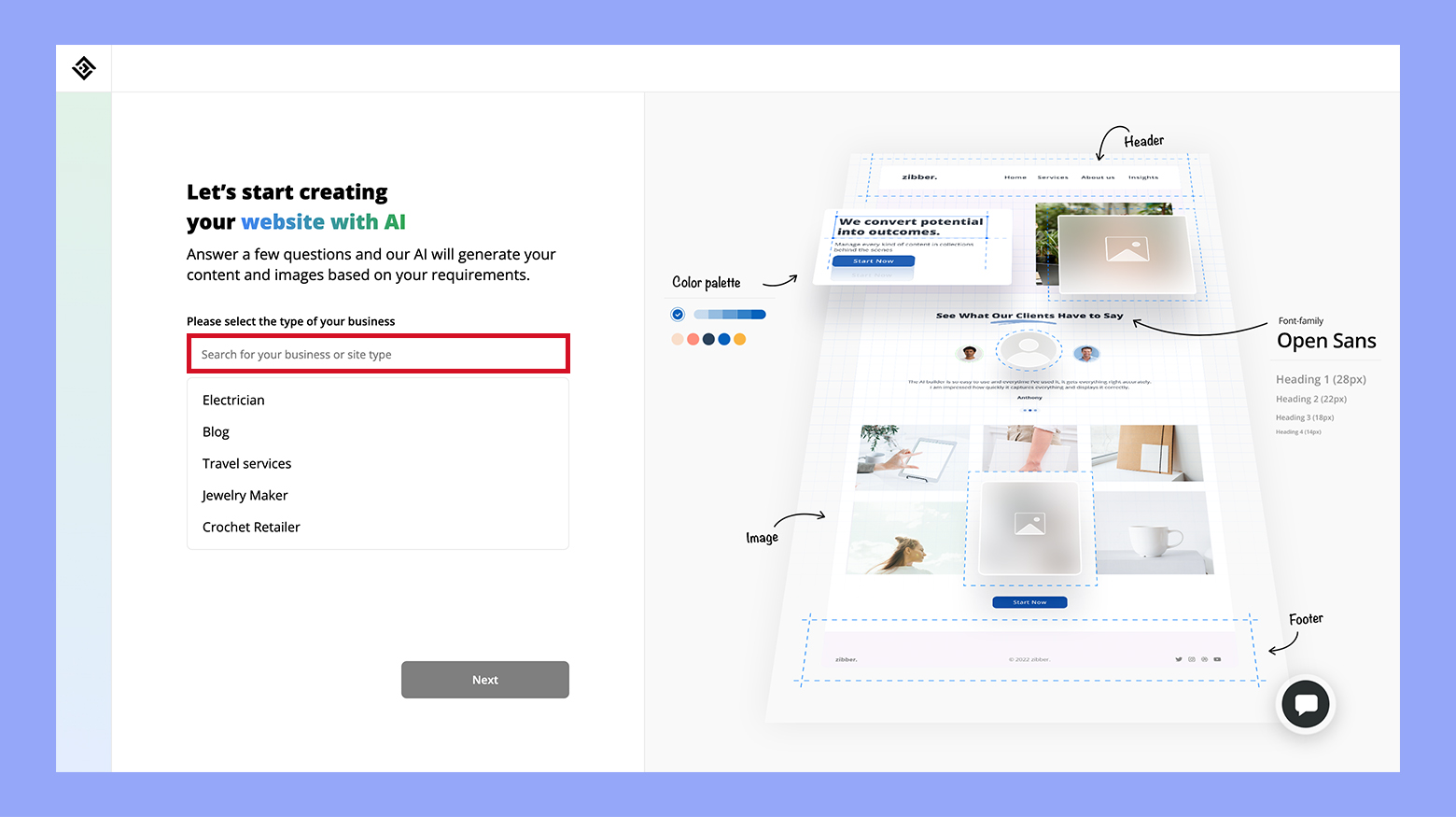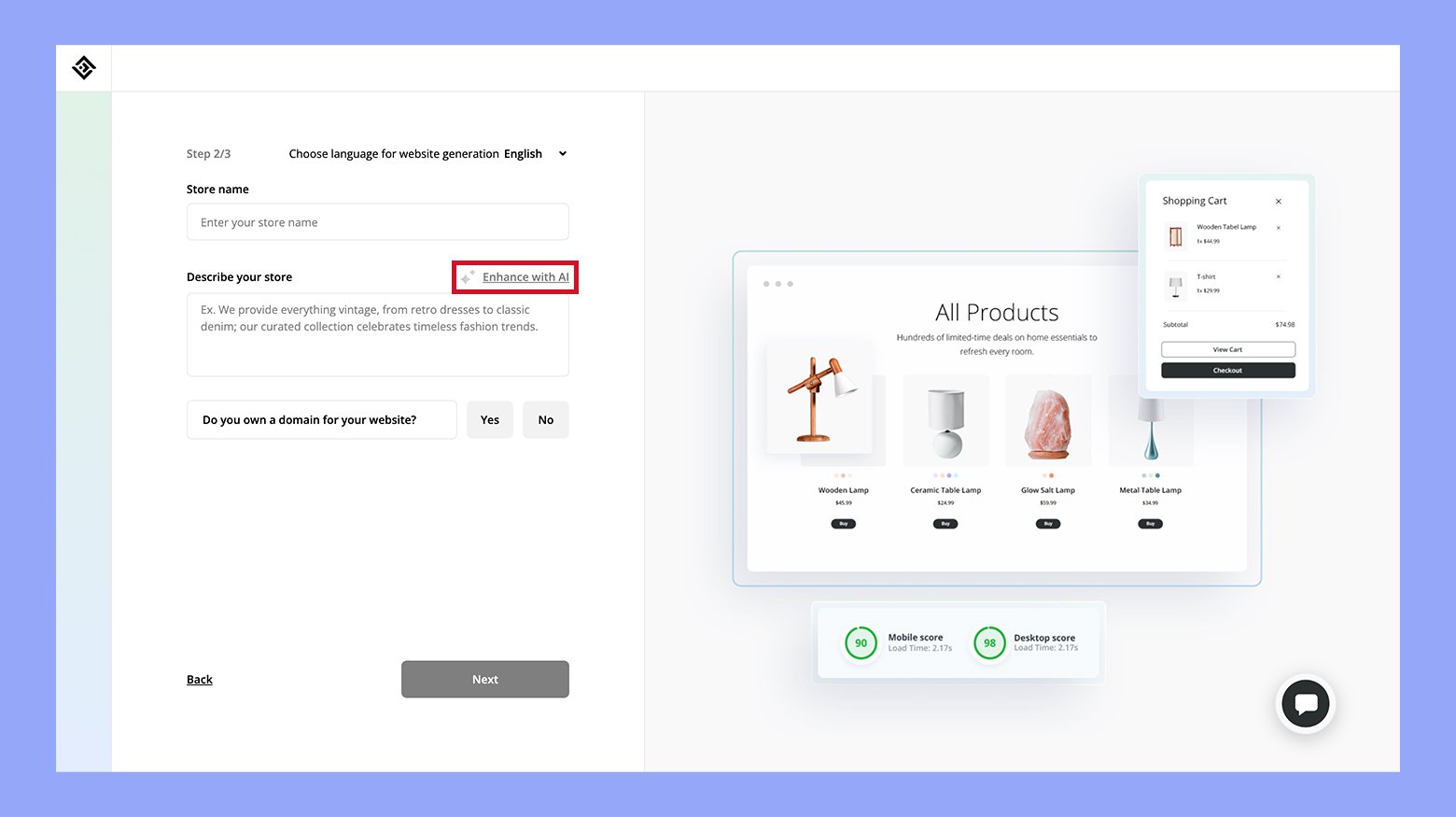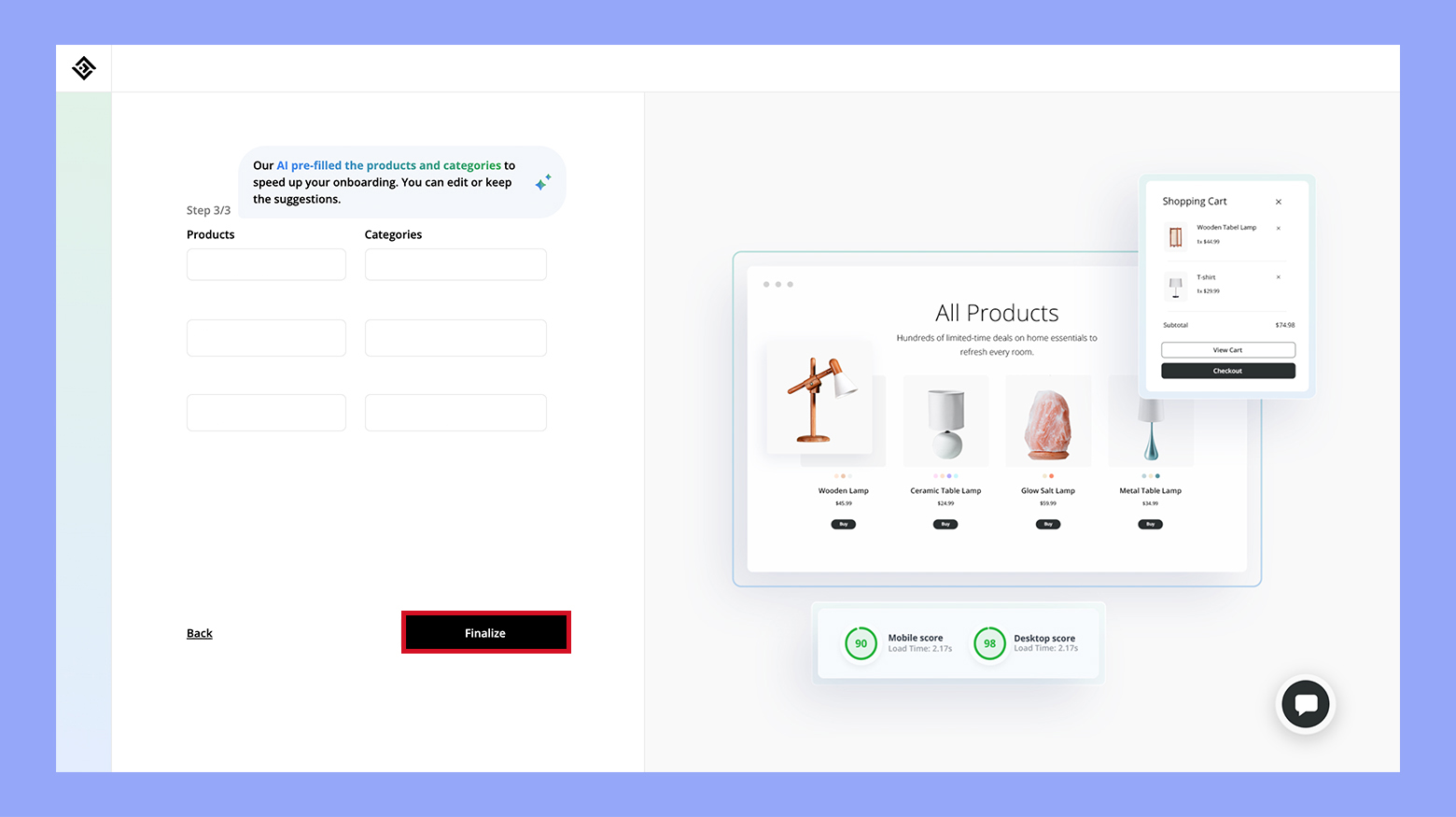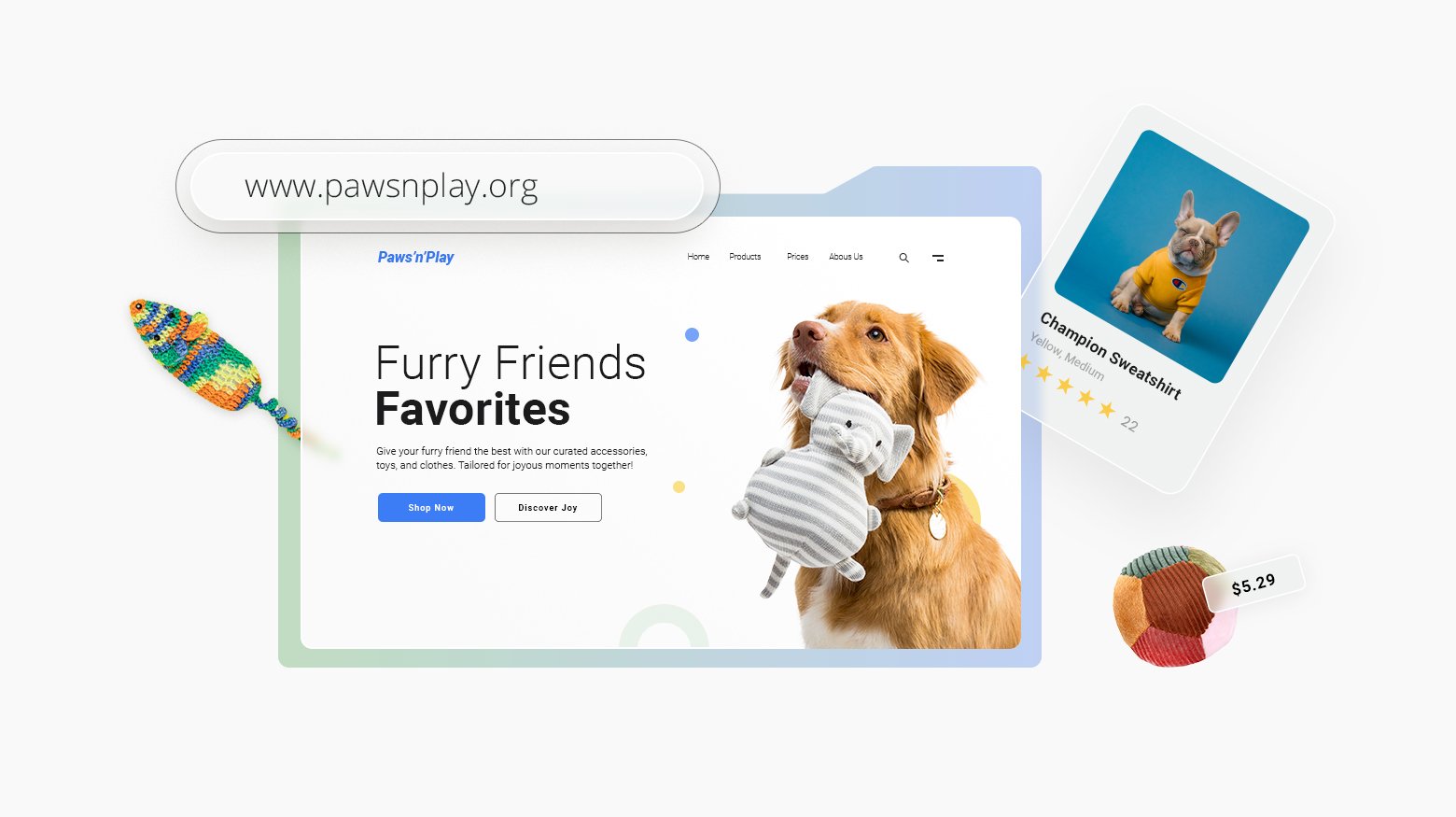Starting a boutique business can be exciting and rewarding, but it requires careful planning and strategic execution to ensure success. This guide covers the essential steps, from defining your boutique’s vision and mission to identifying your target market and conducting thorough market research. By following these friendly tips and strategies, you can build a successful boutique business that stands out in the competitive industry.
Getting started with your boutique
Starting a boutique requires careful planning and a clear strategy. You’ll need to define your vision, understand your target market, and conduct thorough market research to ensure your boutique’s success. We will be using a fashion boutique as an example for this article.
Defining your boutique’s vision and mission
Think about what makes your boutique special. Your vision and mission should reflect your passion for the fashion industry and your unique offerings. These statements will guide your business decisions and help you stay focused.
- Vision: Describe what you want your boutique to achieve in the future. This might involve becoming a leader in your niche market or offering unique, high-quality products.
- Mission: Explain your boutique’s purpose. Why are you starting this business? What do you aim to provide to your customers?
These foundational elements will drive your branding, marketing, and customer service efforts.
Identifying your target market
To make your boutique successful, you need to pinpoint who your customers are. Identifying your target market involves understanding who would be interested in your products.
- Demographics: Age, gender, income level, and occupation. Who will buy from your boutique?
- Psychographics: Lifestyle, values, interests. What motivates your customers to make a purchase?
Knowing your target market helps you tailor your products and marketing strategies to meet their needs and preferences.
Conducting market research
Market research involves gathering information about the fashion industry and your niche market. This helps you understand market gaps and customer preferences.
- Competitor analysis: Study other boutiques in your area or online. What are they doing well? Where are they lacking?
- Customer surveys: Ask potential customers what they want from a boutique. This can provide valuable insights into trends and desires.
- Trends analysis: Stay updated on the latest trends in the fashion industry. What’s popular right now? How can you incorporate it into your boutique?
Thorough market research ensures that your boutique stands out and meets the needs of your targeted customers.
Building an online presence
To stand out and attract customers globally, you need a strong online presence. This means creating a digital space where customers can discover your boutique, learn more about your brand, and connect with you.
Create a website for selling and promoting your boutique
Your website is your digital storefront, headquarters, and main communication channel. It’s where you sell your products and connect with customers.
Follow these steps to sell products online:
- Choose a domain name: Pick a memorable and relevant domain name that reflects your boutique’s name.
- Select a web hosting service: Choose a reliable hosting service that can handle your website’s traffic and keep it secure. For example, 10Web offers scalable all-in-one hosting built on Google Cloud.
- Design your website: Hire a professional designer or use an AI-powered website builder like 10Web to create a professional-looking site quickly.
- Add product content: Include sections to showcase your products, such as galleries for different collections and pages for individual items, with clear descriptions and high-quality images.
- Implement an ecommerce system: If you want to sell your products directly from your website, integrate an ecommerce system to manage sales securely. 10Web can create ecommerce-enabled sites using WooCommerce.
- Write engaging content: Create a compelling about page, share your boutique’s story, and keep your audience engaged with blog posts or news updates about new arrivals and events.
- Optimize for mobile: Ensure your website works well on smartphones and tablets since many customers will visit your site from their mobile devices.
- SEO optimization: Improve your site’s visibility on search engines by using relevant keywords, meta descriptions, and alt tags for images.
- Test and launch: Test your website thoroughly to ensure it works well and is user-friendly before launching it.
Creating your online platform with 10Web
Creating an online platform to sell your boutique’s products with 10Web is easy. You have two options:
- Custom replica: Provide 10Web AI Website Builder with a link to a design you like, and it will create a similar one for you.
- Generate from scratch: Answer a few questions about your business to generate a website from scratch.
Let’s go with the second option for this example.
- Go to the 10Web Website Builder page and click Generate your website.
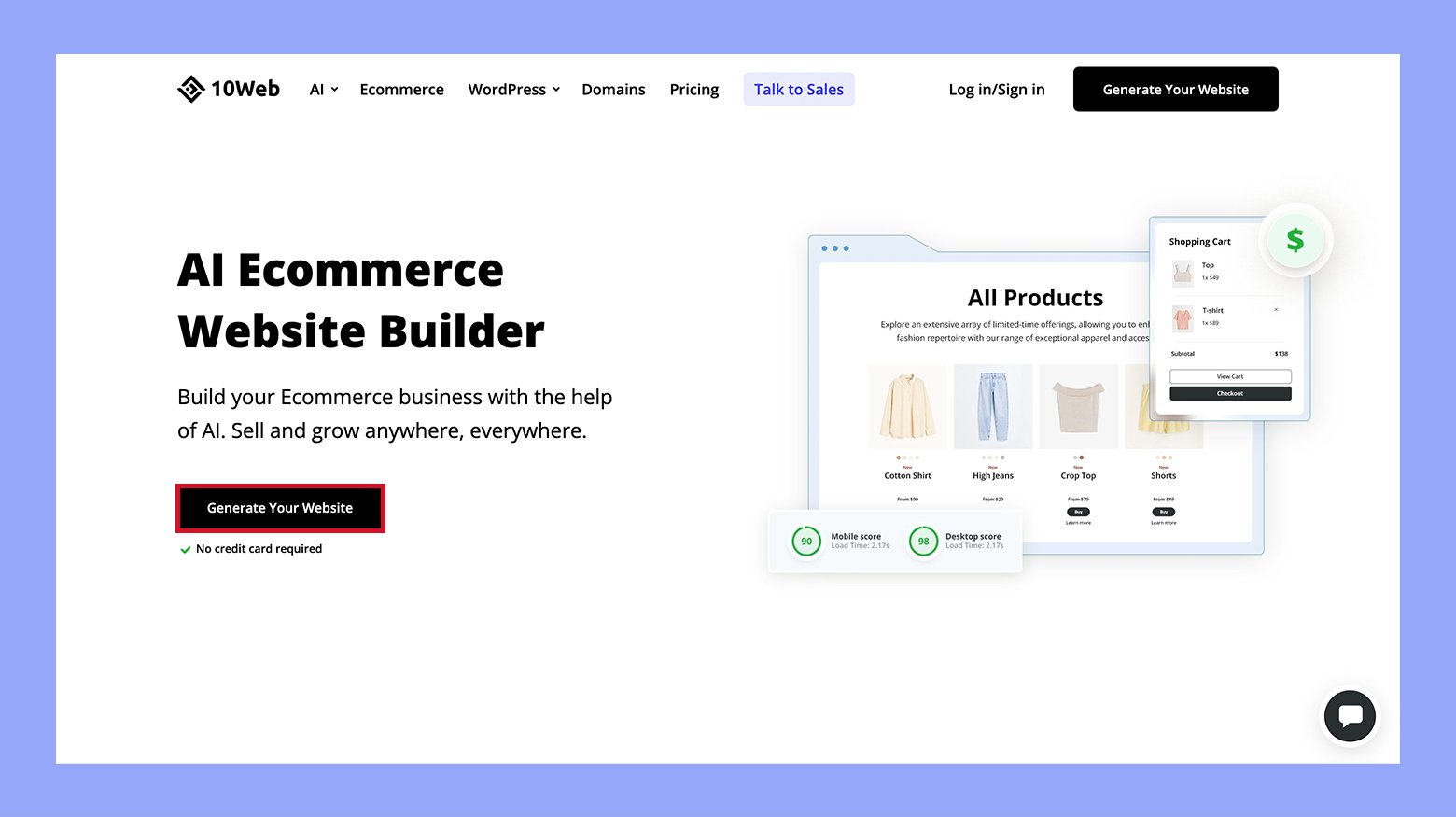
- Select Proceed to create a new website with AI.

- Enter your business type.

- Provide a business name and description. Use the Enhance with AI tool if needed.

- Enter details for your first three services and categories. AI will pre-fill them for you, you can edit or keep the suggestions. When done, click Finalize, and wait for 10Web to generate your site.

- Once your site is generated, preview it and make any necessary adjustments using the user-friendly tools provided by 10Web.
Make sure your website has clear categories and filters to help visitors find products easily. Highlight featured collections and bestsellers on the homepage to grab your audience’s attention. Following these steps will help you build a strong online presence and successfully sell your boutique’s products.
Create your custom online store in minutes with 10Web AI Ecommerce Website Builder and take your business online. 
Looking to sell online?
Legal and financial considerations
Starting a boutique business requires attention to legal and financial details. You need to register your business, understand taxes and insurance, and manage startup costs and budgeting.
Registering your business
First, choose a legal structure for your boutique. Common options are sole proprietorship, partnership, LLC, and corporation. Each has its benefits and drawbacks, so consider consulting a legal advisor.
Next, register your business name with your state’s business registration office. You might also need an Employer Identification Number (EIN) from the IRS if you plan to hire employees. Finally, obtain the necessary licenses and permits required in your state and city, which might include a business license, sales tax permit, and other local permits.
Understanding taxes and insurance
You must understand the tax obligations for your boutique. This includes federal, state, and local taxes. Register for a state tax ID number if your state requires it. Keep track of income and expenses to file accurate tax returns.
Additionally, consider getting business insurance to protect against risks. Common types of insurance for boutiques include general liability, property insurance, and workers’ compensation if you have employees. Insurance helps safeguard your business against unexpected events and liabilities.
Managing startup costs and budgeting
Identify all startup costs to prepare an accurate budget. This includes inventory, rent, utilities, marketing, and initial salaries. Create a detailed list and estimate the costs for each item. This will help you understand your initial financial needs.
Consider sources of funding, such as personal savings, bank loans, or investors. Have a solid business plan to present to potential investors or lenders. It’s crucial to manage your cash flow effectively. Make a budget and stick to it to ensure your boutique remains financially healthy. Monitor your expenses and revenue regularly to make informed financial decisions.
Curating your products
Creating a distinctive selection of products is key to your boutique’s success. Focus on quality, unique styles, and meeting the preferences of your target market. Additionally, establish solid relationships with vendors, designers, and wholesalers to ensure a reliable supply of merchandise.
Selecting clothing and accessories
When choosing items for your boutique, consider your target audience’s taste and lifestyle. Are they looking for sustainable clothing? Trendy, chic outfits? Pin down what appeals to them most.
Make sure to offer a mix of items, like:
- Everyday wear
- Occasion-specific pieces
- Accessories to complement outfits
Balance trendy items with timeless pieces. This combination keeps your inventory fresh and appealing to both fashion-forward customers and those who prefer classic styles.
Regularly update your offerings based on seasonal trends and customer feedback. This keeps your boutique lively and aligned with what shoppers want.
Working with designers and wholesalers
Partnering with trusted designers and wholesalers is crucial. It ensures you receive quality products on time while giving your boutique a unique edge.
Start by researching and connecting with reliable vendors. Look for those known for delivering well-made items that match your boutique’s aesthetic, such as:
- Local designers for unique, exclusive pieces
- Wholesalers with a variety of selections to keep your inventory diverse
Negotiate terms that work for you, including pricing, delivery schedules, and return policies. Building strong relationships with suppliers can lead to better deals and early access to new collections.
Consider supporting ethical and sustainable brands. This not only helps the environment but also appeals to a growing number of customers who prioritize eco-friendly options.
Brand and identity
Creating a unique brand and a memorable business name is essential for building a successful boutique. Your brand image should resonate with your target audience and set you apart from the competition.
Instead of spending time and effort on brainstorming name ideas, use 10Web’s Business Name Generator for name suggestions based on your industry and business description.
Developing a strong brand identity
Your brand identity includes your logo, colors, fonts, and overall style. These elements should reflect your boutique’s values and appeal to your target audience. Start by researching your customers’ preferences and design trends in your market.
Create a logo that is simple yet memorable. It acts as the face of your brand and should be versatile enough to use across various platforms. When choosing colors, consider their psychological impact. For example, blue can convey trust and stability, while red can suggest excitement and energy.
Your brand voice is also critical. This is the tone and style of communication you use in marketing materials, social media, and customer interactions. Consistency here builds trust and recognition. Define your brand voice based on your target market. If your boutique caters to a young audience, a fun and casual tone might be best.
Choosing an attractive business name
An attractive business name helps establish your brand and differentiates your boutique. It should be easy to remember and reflect on what your boutique is about. Start by brainstorming words that capture your brand’s essence.
Ensure the name is unique and available as a domain name for your website. This is crucial for building an online presence.
Consider using playful or descriptive words that resonate with your target audience. For instance, if you are targeting eco-conscious shoppers, a name like “Green Threads” might work well.
Check for any common associations or trademark conflicts to avoid legal issues. A strong name can become a valuable asset for brand recognition.
Marketing and advertising
Creating effective marketing strategies
Marketing your boutique requires a clear strategy and a strong online presence. Start by deciding who your target customers are. Knowing who they are will help tailor your marketing efforts. Make a list of their interests, age, and spending habits.
Keep your brand identity consistent. Your brand should have a unique style and voice. Use the same colors, logos, and messages in all your marketing materials.
Use paid ads to reach more people. Ads on platforms like Facebook and Instagram can be very effective. You can target them to specific users likely to be interested in your boutique.
Consider local marketing too. Attend local events or collaborate with other small businesses. Hand out flyers or business cards with a unique offer.
Regularly review and adjust your strategies by looking at what’s working and what isn’t. Use tools like Google Analytics to track your marketing performance.
Creating a compelling catalog and user experience
To effectively sell your boutique products online, ensure your website is user-friendly and easy to navigate.
- SEO optimization: Optimize your product catalog for search engines. Use the Yoast SEO plugin to improve your site’s visibility on search engines. Make sure your URLs are both search engine and user-friendly.
- User reviews: Encourage customers to leave reviews and ratings for the products they purchase. Use the WP Customer Reviews plugin to implement this feature, as word-of-mouth can be powerful marketing.
- Ease of navigation: Ensure your catalog is easy to navigate. Tools like WP Mega Menu can help create a user-friendly menu structure.
Promoting featured products and collections
Promoting featured products and collections can help retain customers and boost sales. Highlighting the best and most appealing items captures your audience’s attention.
- Featured content: Showcase featured products and collections on your homepage. Identify top-performing items and promote those that are trending or seasonal.
- Email marketing: Build an email list and send newsletters to your subscribers highlighting featured products and special offers. Tools like Mailchimp or Brevo integrate seamlessly with WordPress.
- Social media integration: Share featured products on your social media platforms. Use plugins like Social Warfare to encourage social sharing and boost visibility.
- Content marketing: Write blog posts about featured collections or fashion trends. Plugins like Yoast SEO can help optimize your content for search engines.
Sales and customer experience
Creating a successful boutique requires selecting an effective pricing strategy and building strong customer relationships. Focusing on these key areas can significantly boost your sales and create a loyal clientele.
Setting the right pricing strategy
To sell your boutique products successfully, it’s essential to set prices that appeal to your audience and are competitive in the market.
Here’s how to do it:
- Pricing strategy: Research your competitors and the market to determine competitive pricing. Use tools like Price2Spy to track competitors’ pricing and adjust your own accordingly.
- Discounts and promotions: Utilize plugins like WooCommerce Discount Rules to create special offers, bundle deals, or seasonal discounts that entice customers.
- Subscription models: Consider offering subscription-based access to exclusive collections or VIP discounts. Plugins like MemberPress or Restrict Content Pro can help you set up subscription plans.
Cultivating relationships with customers
Building strong, lasting relationships with your customers is essential. Treat your customers well, and they’ll keep coming back. Make sure to greet each customer warmly when they enter your store or visit your online boutique.
Listen to their needs and preferences. Use feedback to improve your service and product offerings. Personal touches, like remembering regular clients’ names and preferences, can go a long way.
Offer excellent after-sales service. Ensure that returns and exchanges are handled smoothly and courteously. Keeping customers happy can lead to referrals and positive reviews, which are vital for your boutique’s success.
Use social media and newsletters to stay in touch with your clientele. Share updates about new arrivals, special offers, and events. This helps keep your boutique top-of-mind and encourages repeat business.
Operational strategies
When running a boutique, efficient operations are key to success. You need strategies for day-to-day plans and building a strong team.
Planning for day-to-day operations
Planning daily operations involves organizing tasks and managing time effectively. Start by listing all the routine tasks such as inventory management, order fulfillment, and customer service.
Use a daily planner or digital tool to schedule tasks. Break down tasks into smaller, manageable steps to avoid feeling overwhelmed. For example, set specific times for checking emails, updating your inventory system, and handling social media posts. Consistency is crucial.
Keep track of sales and inventory using software to minimize errors. Regularly review your sales data to identify which products are popular and need restocking. Efficient order processing ensures customers receive their purchases on time, which helps build loyalty.
Team building and employee training
Building a strong team is vital for boutique success. Start with hiring staff who share your passion for fashion and customer service. Clearly define roles and responsibilities to ensure everyone knows their tasks.
Provide detailed training to new employees. Cover key areas such as product knowledge, customer service skills, and how to handle transactions. Regular training sessions help keep everyone updated on new products and policies.
Encourage teamwork by promoting communication and collaboration among employees. Use team meetings to discuss goals and address any challenges. Recognize and reward good performance to motivate your team. This creates a positive work environment and improves overall efficiency.
Conclusion
Starting a boutique business is an exciting journey that requires careful planning and a clear strategy. Focus on defining your vision, understanding your target market, and building a solid business foundation. Curate unique, high-quality products, develop a strong brand identity, and use effective marketing to reach your customers. Stay dedicated, adaptable, and customer-focused to ensure your boutique thrives. With passion and the right approach, your boutique can become a favorite destination for fashion lovers. Here’s to your success!


